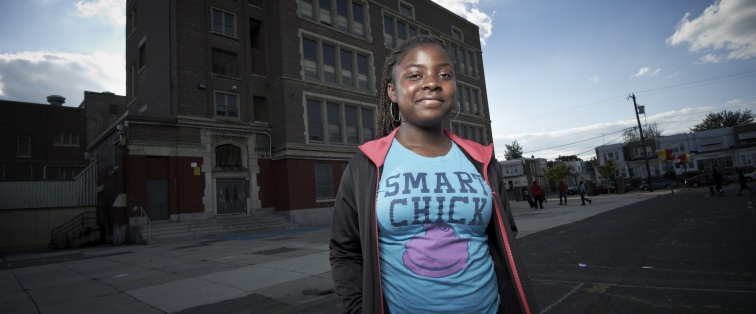Sometimes Less is More: CDC Says Preteens Only Need Two HPV Vaccine Doses

The Centers for Disease Control and Prevention (CDC) announced last week an update to its HPV vaccine recommendation to make it easier for young teens to be fully protected from nine different types of HPV that can cause many forms of cancer. The HPV vaccine is recommended for all 11- to 12-year-olds, but older teens and young adults can catch up on the series until age 26. With the CDC’s announcement, children who begin the HPV vaccine series before age 15 are now able to get just two doses of the vaccine, rather than the three doses previously recommended.
Why change the recommendation now? A growing body of evidence has shown that two doses are just as effective for this age group because teens under the age of 15 make the same or higher immune response after receiving two doses compared to older teens and young adults who receive three. So, while older teens and young adults still need all three doses for full protection, two doses offer the same protection to young teens.
HPV causes cancer in more than 27,000 men and women in the U.S. every year. The HPV vaccine is proven to be safe and effective at preventing these life-shattering diseases – and yet getting teens vaccinated has remained a struggle, especially when it comes to completing the full series.
Adolescents are a difficult population to reach for vaccination, partly because they attend fewer preventive wellness visits than younger children, but we know that high vaccination rates for this age group are possible. In 2015, 86 percent of adolescents received the tetanus, diphtheria, pertussis vaccine (Tdap) and 81 percent received the meningococcal conjugate vaccine. Despite the fact that HPV vaccination is recommended to start at the same time as these two vaccines, HPV vaccination rates lag far behind – only 60 percent of females and 42 percent of males have received their first HPV vaccine dose, and just 42 percent of girls and 28 percent of boys have received the full series.
The CDC’s announcement has major implications for the prospects of fully vaccinating many more adolescents against HPV. A three-dose series over the course of six months – which was the original recommendation – can be daunting to a busy family who finds it difficult to frequently return to a doctor’s office. This new recommendation spreads out the doses so that the second is due between six and 12 months after the first. This is a much more realistic ask for many families given that teens this age are already encouraged to get yearly physicals for school and other activities, during which they could receive the second dose. It’s also more realistic for providers who may not have the resources for reminder-recall initiatives and other strategies to get children back in the clinic.
The new two-dose recommendation should also reinforce the importance of getting young adolescents fully vaccinated before they are ever exposed to HPV. However, this new recommendation will not remove all of the barriers to optimizing uptake of HPV vaccines. Providers still need to make strong recommendations to parents in order to increase the number of teens who receive the first HPV vaccine dose and reduce missed opportunities for vaccination. We also still lack effective strategies to address hesitancy among parents and misperceptions about HPV vaccines.
PolicyLab recently laid out some potential solutions that address many of these barriers, which include a combination of effective policies to optimize access to HPV vaccines, educate parents and teens and, most importantly, support providers’ ability to make strong vaccination recommendations. These strategies, in combination with a new two-dose recommendation, will bring us closer to realizing the full potential of a successful HPV immunization program.
Jennifer Clendening, MPA, MBE, is a former health policy manager at PolicyLab.


